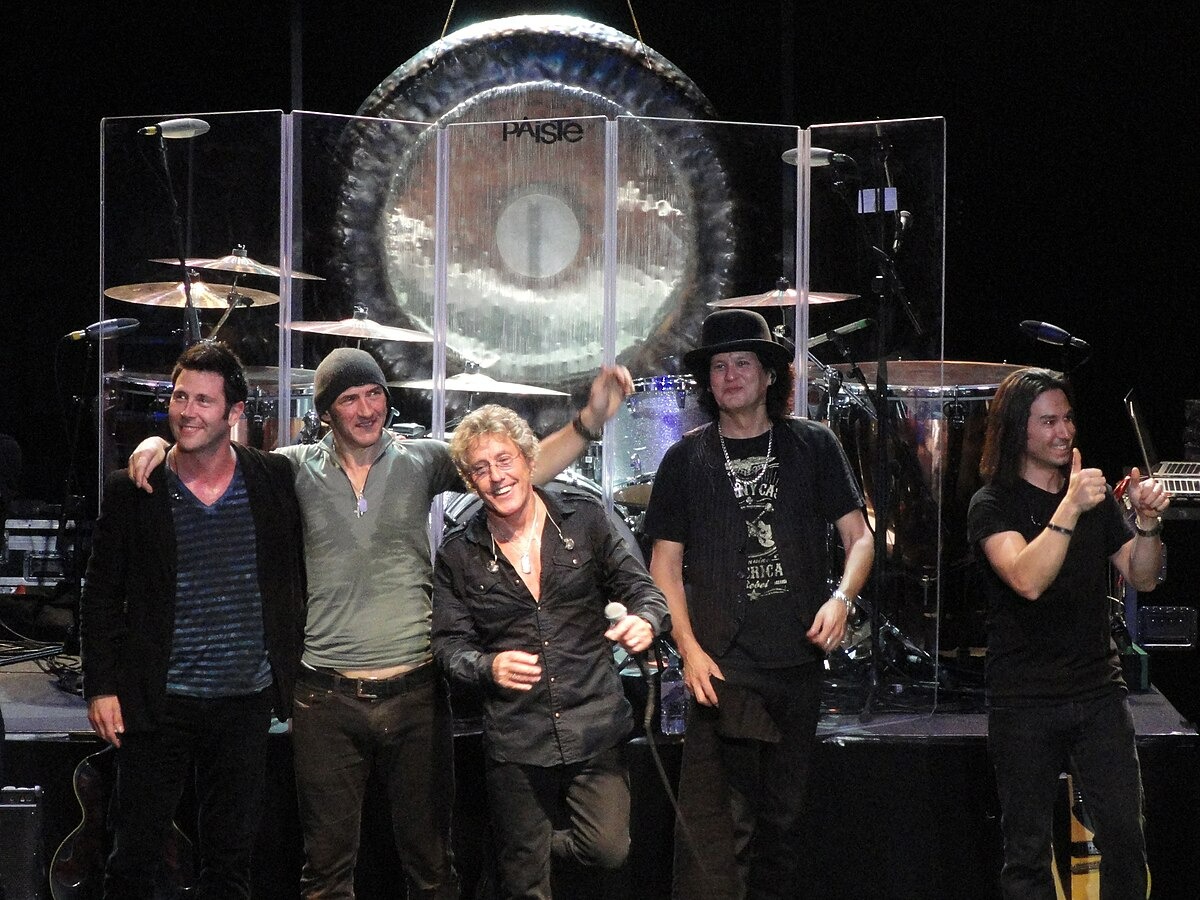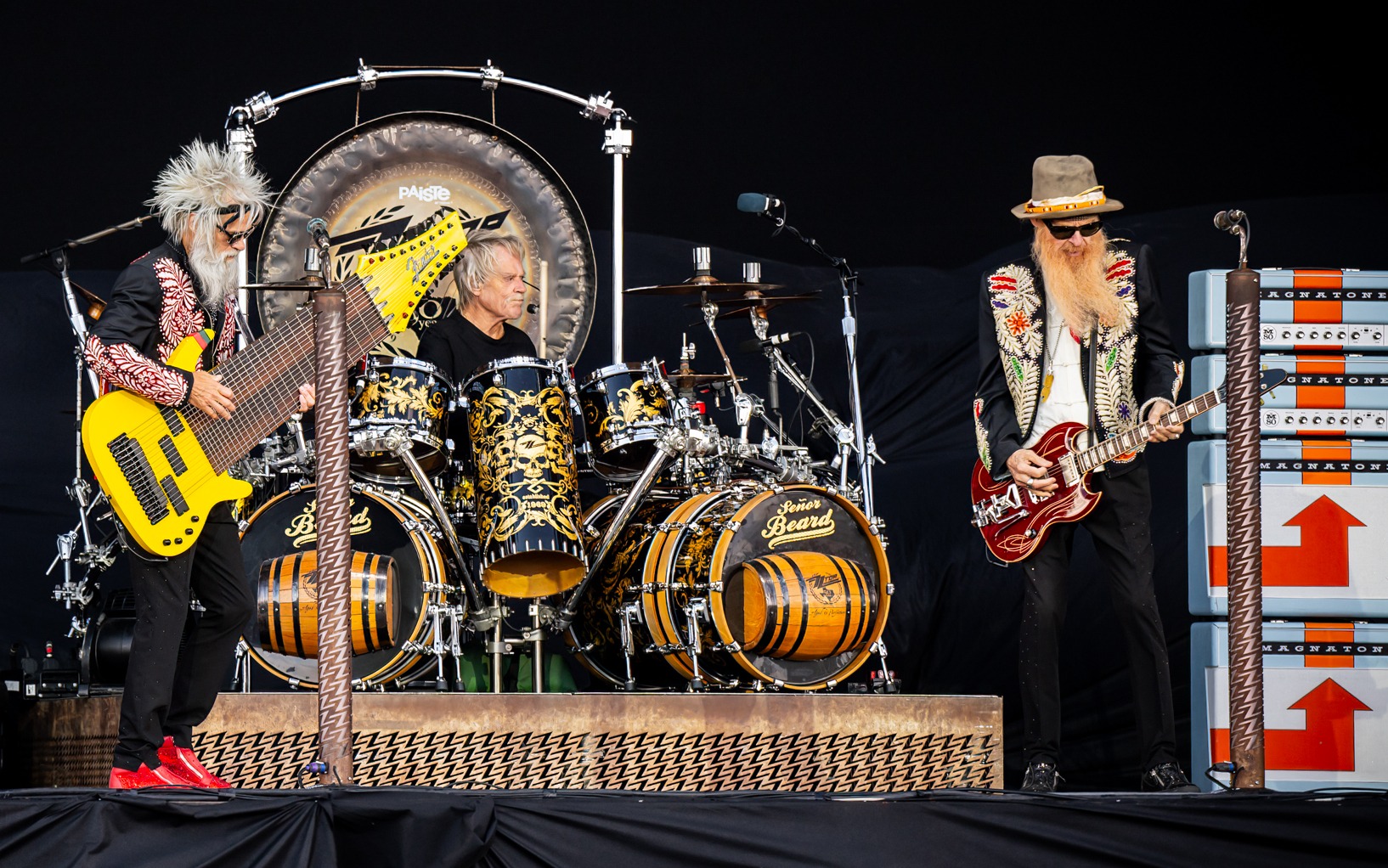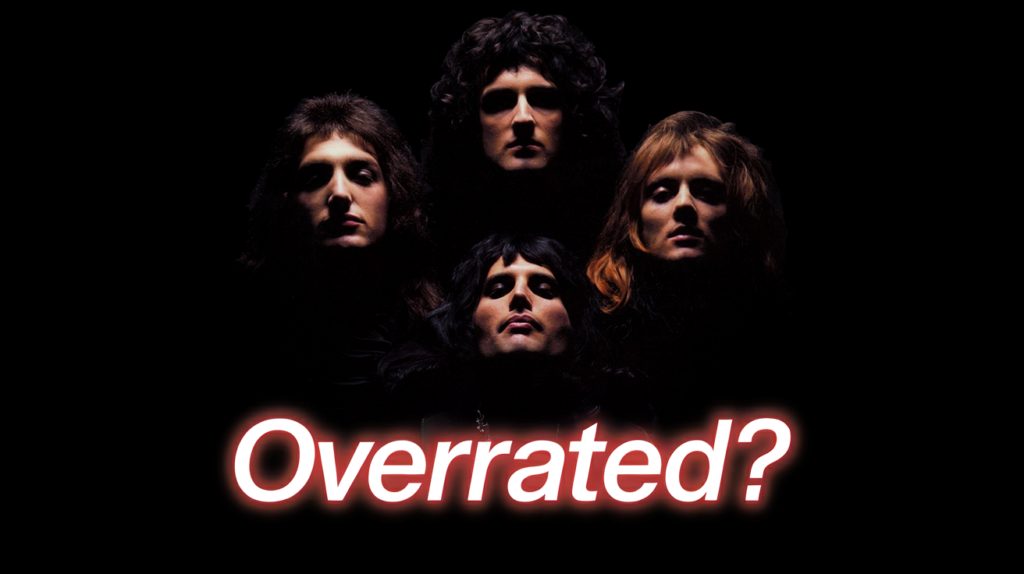
Songs don’t die from failure – they die from success. The most beloved tracks often become the most hated through their own popularity. This counterintuitive truth explains why Billboard hits transform into skip-worthy irritants — commercial success leads directly to overexposure, creating the exact conditions that kill enjoyment. Your brain literally rewires its response to songs played too often.
Discover how fifteen iconic tracks became victims of their own success.
15. Take Me to Church – Hozier

If you’re searching for the perfect case study in overnight fame, “Take Me to Church” stands as the ultimate blueprint. This haunting track launched Hozier from obscurity to global superstar in 2013. The song packed a punch with its religious metaphors and Hozier’s soulful delivery. Radio stations hammered it across formats from indie stations to easy listening channels. The excessive airplay stripped away the raw emotional impact it once delivered, pushing it into eye-roll territory despite its quality. Early YouTube performances reveal raw emotion that faded as the song grew ubiquitous. After selling 4 million copies in America alone, it fell prey to its own massive popularity.
14. Piano Man – Billy Joel

Behind every great song lies a story, and “Piano Man” sprung from Billy Joel’s struggles playing seedy bars. This narrative immortalizes actual bar patrons as memorable characters through detailed lyrical portraits. Joel’s honky-tonk piano and harmonica create an immersive atmosphere. The almost six-minute track transports listeners into a smoky bar full of dreamers. Critics argue it has worn out its welcome through its inescapable presence at every karaoke night and sing-along event. The chorus has embedded itself so deeply that even haters know every word. This 1973 singalong peaked at number 25, making it one of the 13 most surprisingly forgotten 70s songs before becoming Joel’s signature jam—proof that real bangers sometimes take the slow road to legend.
13. Hotel California – Eagles

Few compositions spark more heated debates than “Hotel California,” the enigmatic story-song that continues baffling listeners. This trippy tale surfaced when the Eagles were at their commercial peak in 1976. Don Felder’s guitar intro sets the mood before building to that legendary dual guitar solo with Joe Walsh. Classic rock radio’s relentless repetition and exhaustive over-analysis of its lyrics have diminished its mystique for many listeners. People have concocted endless theories about the lyrics, from satanism to industry criticism. The song explores themes of American excess beneath its deceptively pleasant melody. While winning a Grammy Award and selling 16 million copies worldwide, its true superpower lies in remaining stubbornly mysterious decades later.
12. Blurred Lines – Robin Thicke

From chart-topping anthem to cultural pariah, “Blurred Lines” demonstrates how quickly public opinion can demolish reputation. This infectious groove dominated charts in 25 countries during summer 2013. Thicke and Pharrell created a catchy throwback jam with that unmistakable Marvin Gaye vibe. The initial massive commercial success feels undeserved in retrospect given its derivative production and problematic messaging about consent. Initially, people were too busy dancing to analyze the lyrics. The good vibes screeched to halt when listeners noticed these issues. Legal troubles followed when Marvin Gaye’s family successfully sued for copyright infringement. This resulted in a $5.3 million judgment against the creators. Few hits have plummeted from grace so spectacularly or so quickly.
11. Sweet Home Alabama – Lynyrd Skynyrd
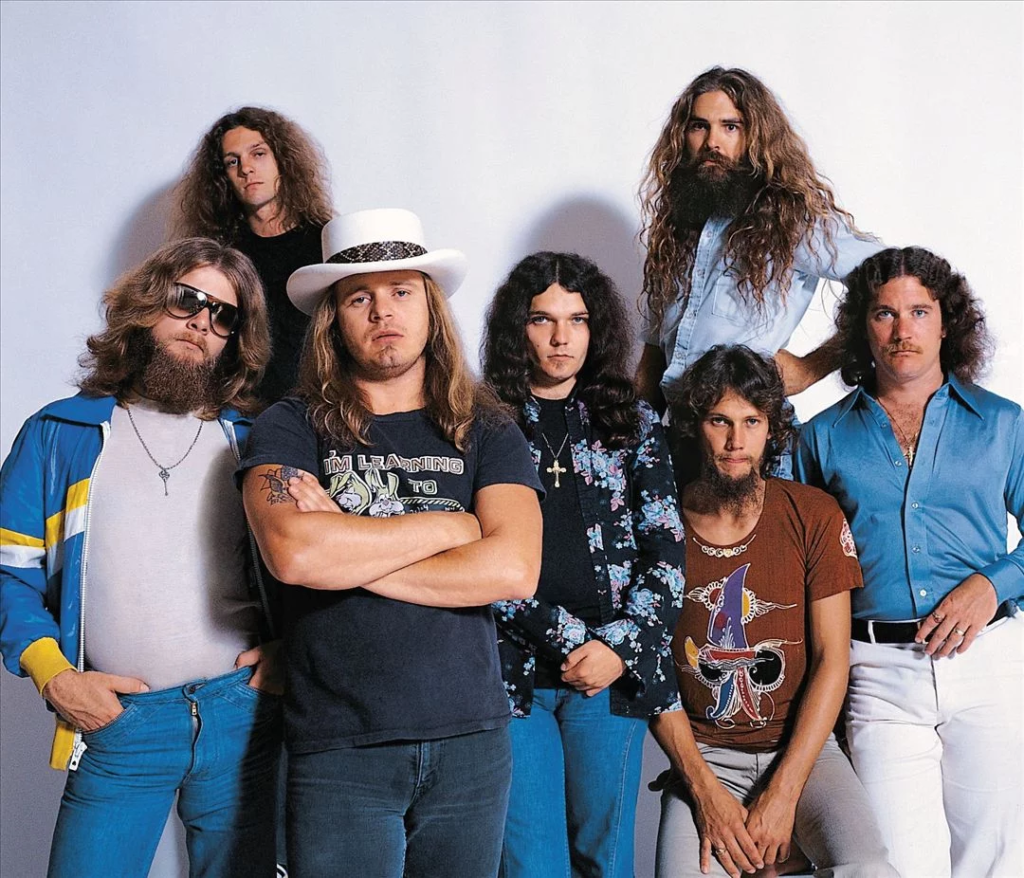
Three guitar attack delivers one of rock’s most recognizable intros in “Sweet Home Alabama,” a regional pride anthem. This song fired back directly at Neil Young for his criticism of Southern culture. Its reduction to a simplistic Southern pride anthem has erased its nuanced political commentary, making it less substantial than its popularity suggests. Ronnie Van Zant’s straightforward vocals reference both segregationist Governor George Wallace and the Watergate scandal. Most karaoke singers miss these political layers entirely. The triple-guitar approach established Skynyrd’s signature sound in 1974. Their mainstream career lasted only three years before the devastating plane crash.
10. We Will Rock You – Queen

Caught in the psychological trap of becoming part of the show? “We Will Rock You” practically invented audience manipulation. Brian May crafted this anthem after observing crowd behavior at Queen shows in the mid-1970s. This bare-bones track uses almost no instruments until the very end. Instead, it relies on body percussion and vocal harmonies. The distinctive stomp-stomp-clap pattern converted passive concert-goers into active participants. The track barely qualifies as a song – functioning more as a crowd-control exercise than a musical composition worthy of such lasting fame. Sports teams in 47 countries still blast this at games, proving its cross-cultural power. May’s genius wasn’t creating complexity but recognizing that enlisting the audience as performers created the ultimate crowd connection.
9. Wonderwall – Oasis

Guitar stores worldwide collectively groan whenever someone picks up an acoustic and starts “Wonderwall.” British rock hit a defining moment when this track emerged from Oasis’ second album in November 1995. Noel Gallagher’s chord patterns sound complex yet remain accessible enough for beginners. Countless butchered amateur performances, rather than any inherent flaw, have tarnished this song’s reputation. This explains its perpetual presence at amateur music gatherings. Liam’s sneering-yet-vulnerable vocals forged an instant emotional connection that endures decades later. Guitar teachers rank it among their top three most requested lessons from beginners, and while Oasis achieved massive success globally, many other British bands failed to make a similar impact in America. For a fascinating look at some overlooked gems, check out the 10 most underrated British bands Americans overlooked for the last 50 years.
8. Good Riddance (Time of Your Life) – Green Day
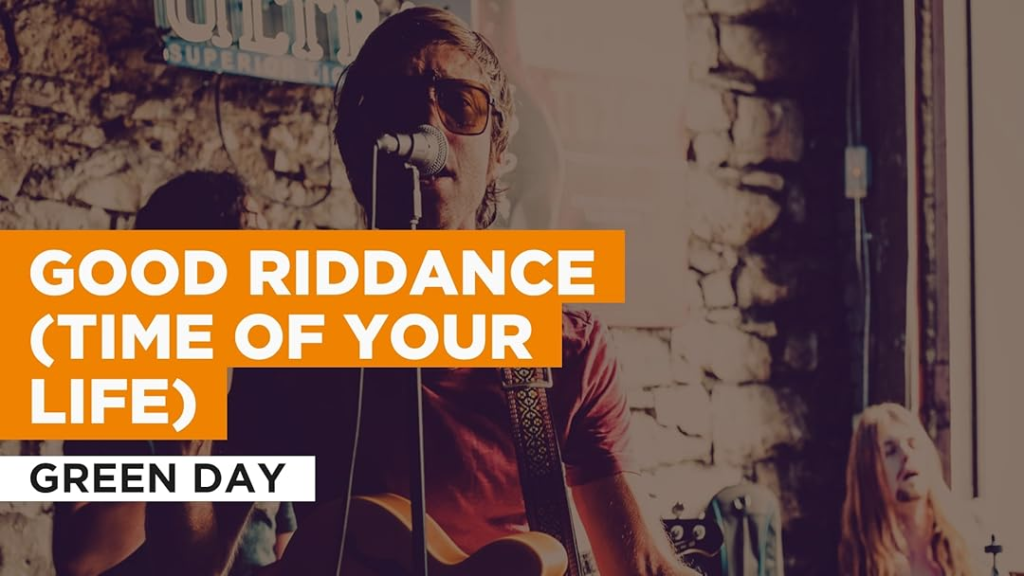
Punk bands rarely create graduation anthems, yet “Good Riddance (Time of Your Life)” defied all expectations. Billie Joe Armstrong wrote this mellow track about a breakup, not commencements. It marked a massive departure from Green Day’s usual three-chord thrash. Schools across America quickly adopted the song for graduation ceremonies in 1997. Its bittersweet vibe perfectly captures transitional life moments. Institutional cooption transformed a punk band’s introspective breakup song into generic inspirational fodder, diluting its original power. The track has soundtracked roughly 12 million cap-tossing ceremonies since release. The ultimate punk rock irony? This anti-establishment band’s most recognizable composition now serves as the official soundtrack for conventional milestone celebrations in America.
7. Happy Birthday

Six notes revolutionized celebration culture when “Happy Birthday To You” evolved from classroom greeting to universal anthem. The world’s most unavoidable earworm started as “Good Morning to All” by sisters Patty and Mildred Hill in 1893. This simple tune grew into a standard that transcends language barriers worldwide. The mind-numbing simplicity relative to its cultural dominance makes it perhaps the most over-celebrated musical composition in history. Copyright lawyers battled over ownership until 2016, making it music’s longest legal dispute. Royalties exceeded a staggering $50 million during its protected years. Music experts note the song contains just six unique notes across its structure. Few compositions illustrate such disparity between musical complexity and cultural significance.
6. Dance Monkey – Tones and I
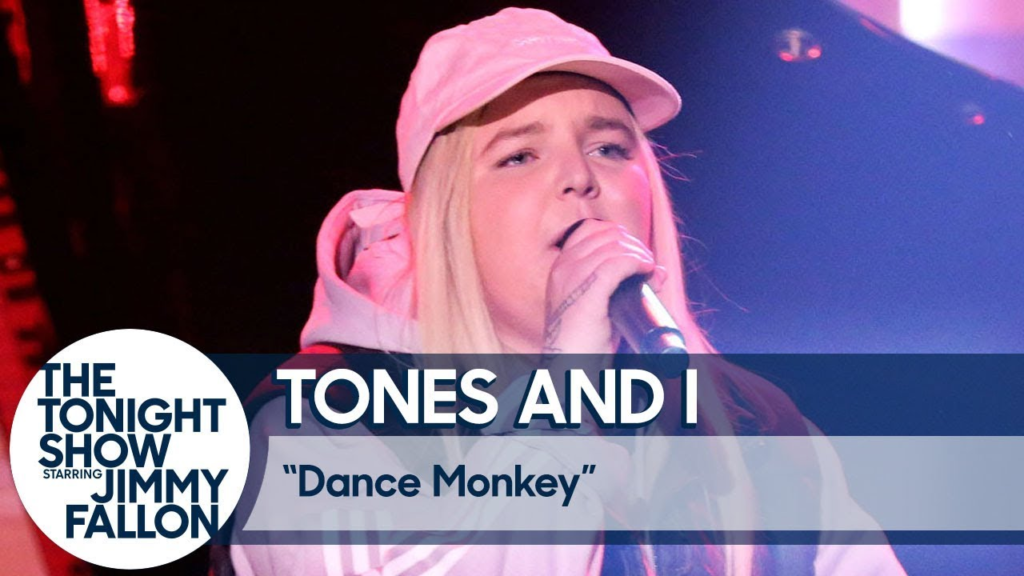
Love it or hate it, “Dance Monkey” shattered streaming records with its polarizing vocal style. Streaming numbers skyrocketed when this quirky track broke global records in 2019. Australian street performer Toni Watson channeled her experiences with demanding crowds into a distinctive pop banger. The track earned platinum status in over 30 countries, demonstrating how independent artists could thrive without traditional label support. The disconnect between massive commercial success and divisive vocal styling that many find actively irritating puts this song firmly in overplayed territory. Digital analytics revealed the song maintained replay rates significantly above industry averages. Watson’s journey from sidewalk busking to billions of YouTube views highlights how digital platforms flipped music industry power structures.
5. Sweet Child o’ Mine – Guns N’ Roses
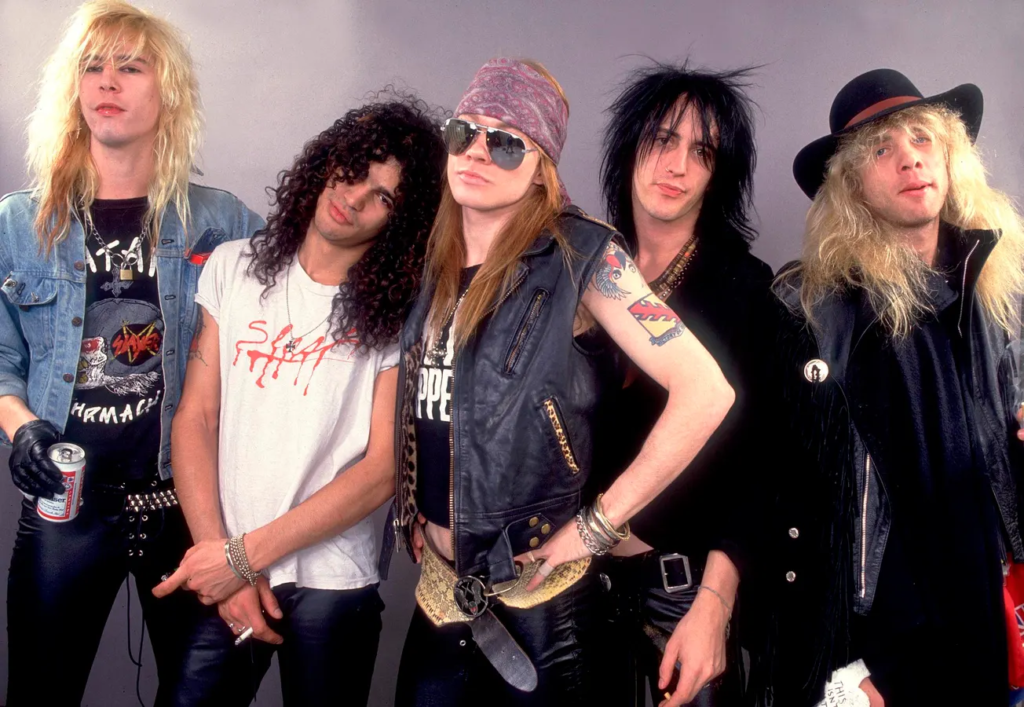
Warm-up exercises rarely make rock history, yet “Sweet Child O’ Mine” began as Slash noodling with a string-skipping pattern. This casual practice session accidentally produced rock’s most recognizable guitar intro in 1987. It blossomed into a power ballad mixing technical solos with Axl’s surprisingly tender lyrics. Rose’s distinctive vocals perfectly complement the instrumental virtuosity. Guitar store fatigue – hearing endless amateur attempts at that iconic riff – has gradually diminished its impact for many music lovers. Guitar store employees report the riff remains among the top five most played passages worldwide. The band required 28 takes to nail the final version. This reveals the meticulous work behind something that sounds spontaneous and raw.
4. Never Gonna Give You Up – Rick Astley
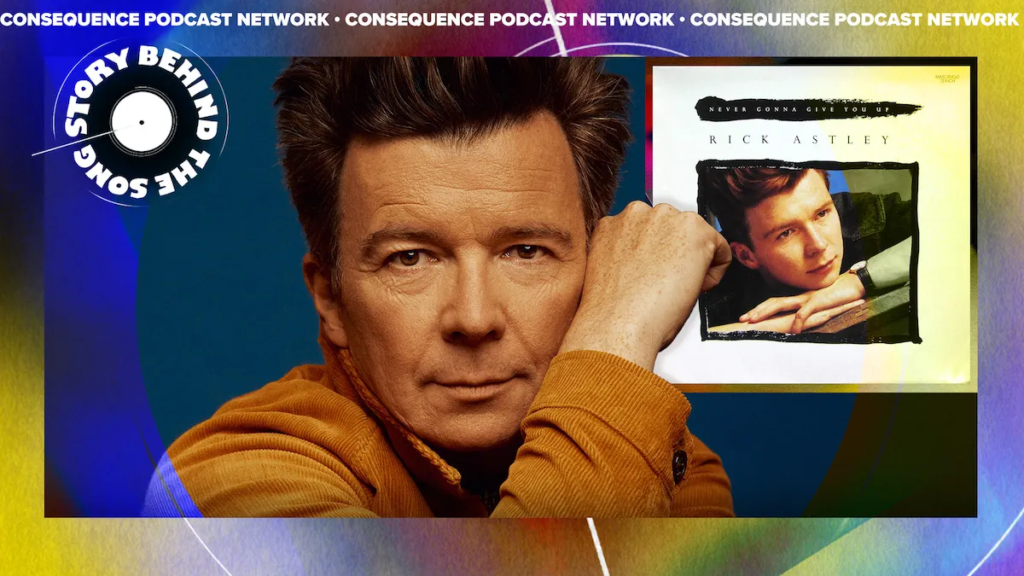
Never gonna give this meme up! “Never Gonna Give You Up” outgrew its origins to become the internet’s ultimate practical joke. Internet trolls repurposed this forgotten 80s hit into web culture’s definitive prank beginning in 2007. The meme status completely overshadows any musical merits or flaws, reducing a legitimate pop song to an internet punchline. Rick Astley recorded this dance track twenty years earlier, topping charts with catchy hooks and his surprisingly deep voice. The “Rickrolling” phenomenon reinvented the song’s cultural significance without changing a single note. Web tracking shows the prank has occurred over 2 billion times across various platforms. If you’ve clicked a promising link only to find Astley dancing, you’ve witnessed how internet culture completely hijacked this song.
3. Smells Like Teen Spirit – Nirvana

Flannel shirts and teenage angst found their perfect soundtrack when “Smells Like Teen Spirit” bulldozed through music’s established order. This explosive track propelled alternative rock into the mainstream in September 1991. Kurt Cobain borrowed the quiet-loud formula from the Pixies, perfectly capturing adolescent emotional volatility. The song catapulted Nirvana from cult favorites into reluctant megastars overnight. Cobain’s own discomfort with its success – he grew to hate playing it live – speaks volumes about the gap between artistic intent and commercial reception. It reshaped the music industry by shifting $750 million annually from hair metal to grunge acts. Cobain’s raw vocals connected with universal feelings of alienation and frustration. This explains why teenagers still discover and embrace it decades later.
2. Bohemian Rhapsody – Queen
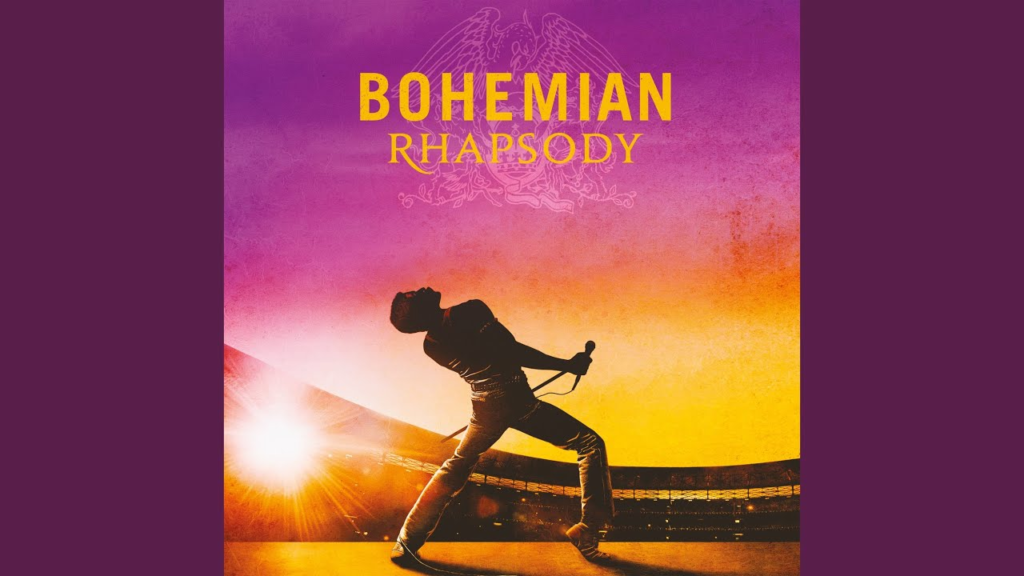
Opera, hard rock, and ballad elements collide in “Bohemian Rhapsody,” the sonic experiment that defied industry expectations. Every songwriting rule vanished when this six-minute odyssey dropped in November 1975. Freddie Mercury developed this composition over years, creating vocal harmonies requiring 180 separate overdubs in certain sections. Record executives initially rejected the unusual structure and length. DJ Kenny Everett leaked it, playing it repeatedly over one weekend and generating unprecedented demand. Excessive cultural ubiquity has reduced this ambitious composition to soundtrack cliché despite its revolutionary approach.
1. Don’t Stop Believin’ – Journey
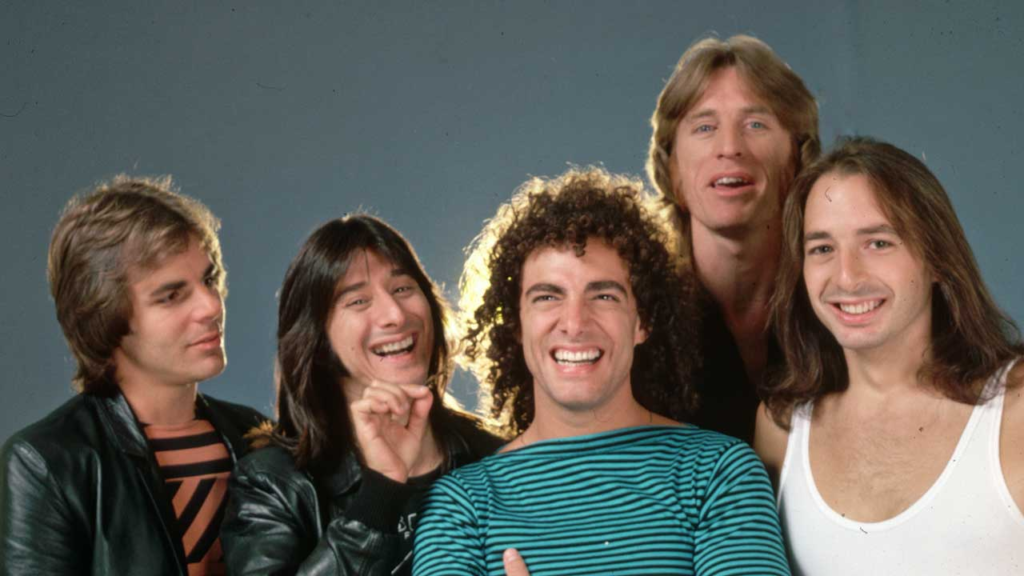
Small-town dreamers found their champion in “Don’t Stop Believin’,” a song that refuses to fade despite decades passing. This uplifting anthem gained greater popularity years after its 1981 release through strategic media placement. Journey’s Steve Perry and Jonathan Cain built an unconventional structure that withholds the title chorus until the final minute. This creates anticipation through verses about dreamers seeking better lives. Karaoke overexposure transformed it into a generic inspirational anthem divorced from its original context, diluting its impact. Its appearance in “The Sopranos” finale sparked massive resurgence, increasing digital sales by 482% overnight. Streaming services report the track consistently ranks among their most-played catalog titles across all demographics.







